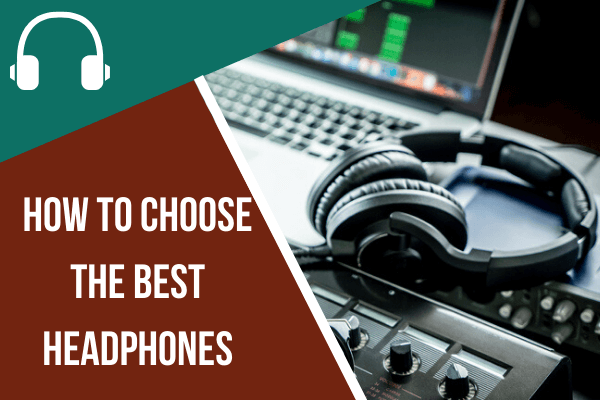Of all the everyday gadgets that sway personal satisfaction, headphones are close or at the top of the list. We run with them on, we take them to bed, we wear them on trains and planes – some of us even eat, drink, and go to sleep under headphones. The point? A decent pair improves your quality of life. And a not-so-good pair? Not so much. So stick with us here, and in the following article we’ll cut through the confusion, assist you with narrowing your decisions, and possibly open your eyes just as your ears. Here we’ve put everything you should look for before choosing the prefect headphones.
1. Recognize the Purpose

Each headphone is designed for a specific crowd. whether you are a student, business man or a studio professional, your fundamental purpose behind picking a headphone is the most significant factor here. For instance, studio experts go for a pair of over-ear headphones because of their need of tuning in to tracks precisely for extensive period of times. Correspondingly, individuals who like tuning in to music during their drive or while working out would prefer in-ears. Similarly, if you are a bass-head or somebody who likes EDM, you need a bass heavy pair. Genre likewise has a significant impact while investing in a pair of headphones. Rock, Pop, Funk, Classical, Folk, Country or EDM – your ideal earphones should support your preferred classification.
To sum up, whether you will be using your headphones while travelling, at gym or just sitting in your room and relaxing or perhaps for all of the three. Various earphones will be better for various circumstances. Keep your purpose clear while selecting the type of headphone you need. Be on the lookout for what kind of audio response you need from your headphones. If you’ve figure out this bit, you’re almost halfway there and the rest of this guide will assist you with recognizing the best ones for you.
2. Selection of Appropriate Headphone Type
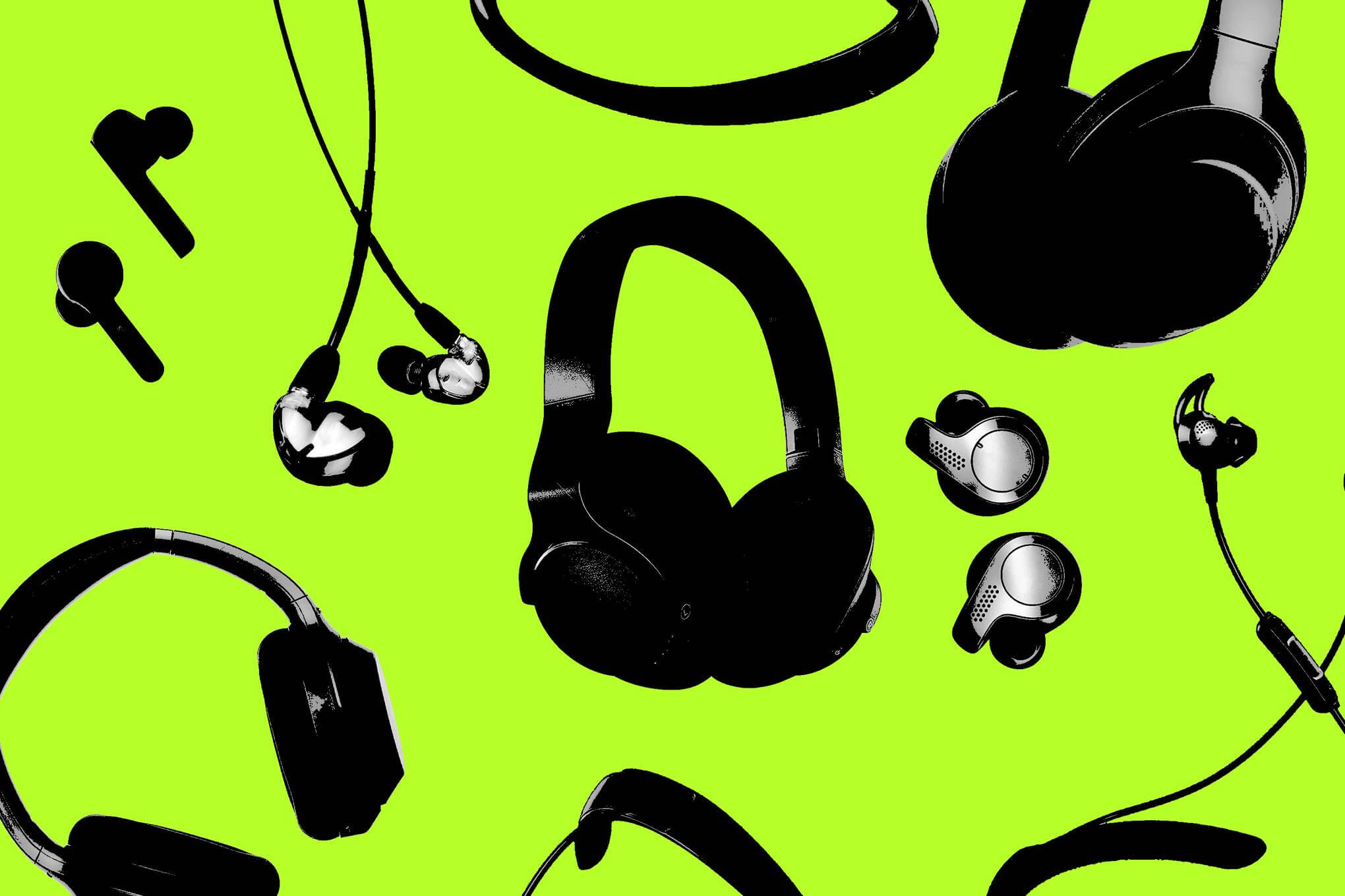
Before we get to wireless variations and add-on accessories, smart features and so forth, you first need to choose your preferred headphone type first, so let’s do it. The three basic variations headphones types are: Over-ear, on-ear, and in-ear. On-ear earphones lay on your ears, while over-ear earphones cover your entire ear. What’s more, however in-ear earphones aren’t best for flawless sound quality, you can do jumping jacks in them – and they won’t fall out.
Should it be wireless or wired or are add-on necessary?
This can be an interesting step to consider. At first glance, this might sound like a terrific idea to buy a headphone with no wires, no more tangles, no more fumbling around with clustered wires that mysteriously tie themselves into the most baffling bunches when you least need them – opportunity finally. This is a dubious call so be warned though. This is a tricky call. As with everything, there are pros and cons. You gain mobility, but also compromise on quality.
Wired consistently has a superior audio response. One more inconvenience of wireless headphones that since they run on batteries, Yay! Another thing that requires charging, besides your smartphone. So, make sure to look at all the features of a wireless headphone before cutting the cord, metaphorically speaking.
Other than wireless and wired, headphones also offer add-on features like microphones and buttons to control volume, songs and others. The ability to converse without picking up your phone or change tracks in your playlist is definitely a feature that’ll interest most.
3. Mapping Your Budget

Buyer might consider this step as the most important. We’re sensitive with regards to price an audiophile too will not completely disregard this fact but be ready to pay for quality. It’s an individual call. It is always beneficial to set a budget subsequent to choosing your necessity from different stages. Headphones don’t generally get superior with price. It all depends on your comfort, quality and purpose and preferences.
4. Make Sure you Get What you Pay For

When you get a brand name you aren’t just paying for the name sometimes; you’re paying for the trusted quality. Usually more expensive headphones are made with higher quality materials and better engineering which improves sound quality. if you are spending let’s say 3000 bucks, headphones will sound good, but not as good as 6000 ones. Another thing you get with quality is durability. Unfortunately, durability often equates with heavier weight. Light headphones can be sat on or snapped down the middle all the more without any problem. There are most likely individuals out there with headphones from the 70’s and 80’s that despite everything works since they’re made well, and made to last. Other than durability, consider fit and comfort and portables and cables also. Generally, portability isn’t an issue for listening during physical activity, get the lightweight portables designed for that. Make sure the cable is long enough for your situation. But avoid an exceptionally long cable if possible because it can adversely affect sound quality by lowering volume and introducing noise, as well as becoming more effortlessly tangled.
The most ideal way, truly, to know whether earphones can go loud enough for you is to test them out. Try on a friend’s pair (if they’re cool that way) or go to a decent electronics store that will let you take a stab at the headphones.
5. Evaluate Headphones Sound Isolation Feature
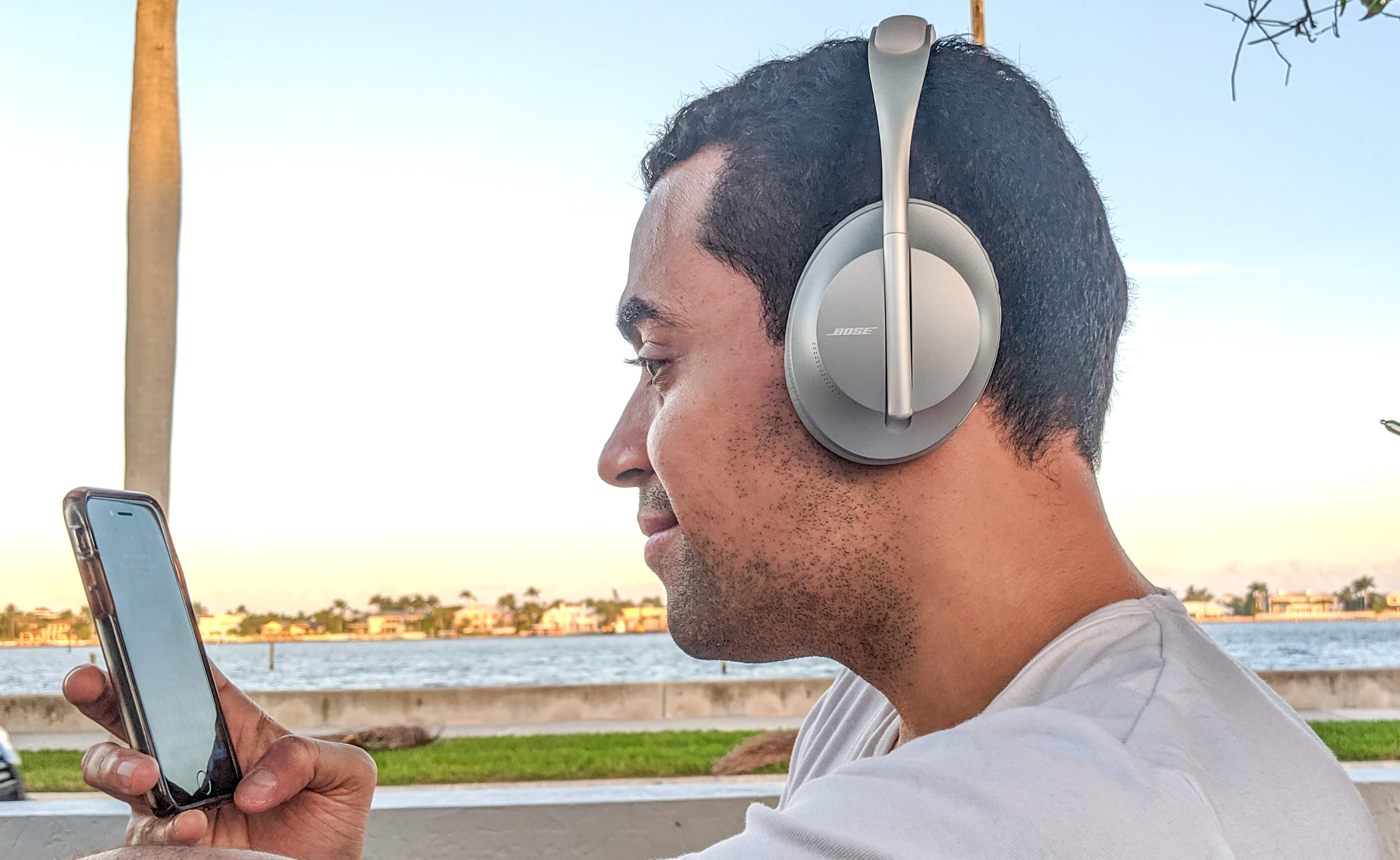
Nothing is more annoying than increasing your volume to drown out the sound of the bus. This refers to how well they keep music in and obstruct outside noise. There’s also the fact that if you’re rather deaf or you might enjoy turning your music up loud, or potentially use it to drown out background noise and the headphones are extremely open, you’ll end up giving everyone around you something to prattle about. In-ear headphones tend to be better at sound isolation and the same DJ-style headphones that create a little sealed environment around the ear. Some people prefer closed-backed for the booming bass sound and isolation, while some prefer open-backed for the natural and precise sound.
6. Check out the frequency range
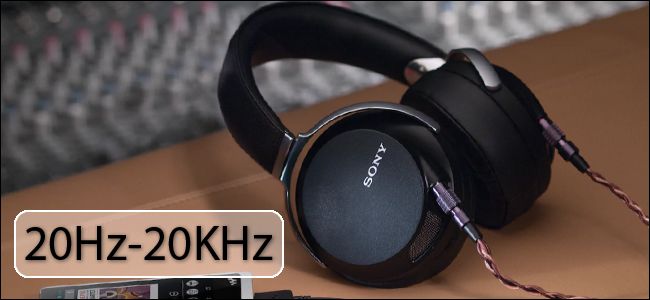
A more extensive frequency range means you can hear more from the music; large ranges such 10 Hz to 25,000 Hz will often be recommended – anything within that range will be fine. For example, Beats headphones tend to be exceptionally bass boosted, yet the bass is commonly portrayed as sloppy and boomy with no precision. Typically, Flat response headphones don’t support any range, means you’ll hear every layer of the music equally. However, the initial impression if you’re used to U curves is generally “these have no bass” or “they sound boring”. The vast majority simply just need to grow into that sound signature to enjoy it.
7. Noise Cancellation
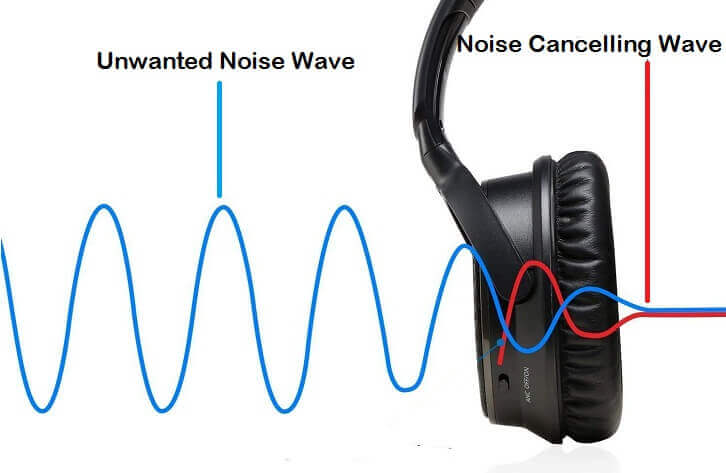
Most probably, at this point, you’ve picked your headphone style: Over-Ear, On-Ear or In-Ear. Then you chose either the open back or closed back design. Next, you gauged the benefits of wireless and noise-cancelling technologies
there are two different types of noise cancelation headphone technology, and both work to eliminate the noise around you (like the annoying barking dog next door or the kids watching cartoons) so you can focus on your music. “Active noise-cancelling,” is a new methodology where unwanted sounds are eliminated by means of new sounds created and customized to cancel them out. “Passive noise-reduction” is more affordable, needs no power, and uses insulating techniques to prevent undesirable noise.
Even if you’re the frequent traveller type, noise-cancelling, 90% of the time, just isn’t worth the money. Some of your music may t get offset, as well forcing you to turn up the volume. If you truly need noise reduction, however, look for brands like Etymotic, or Bose which have spongy earplugs that fill the ear canal.
8. Impedance Matching
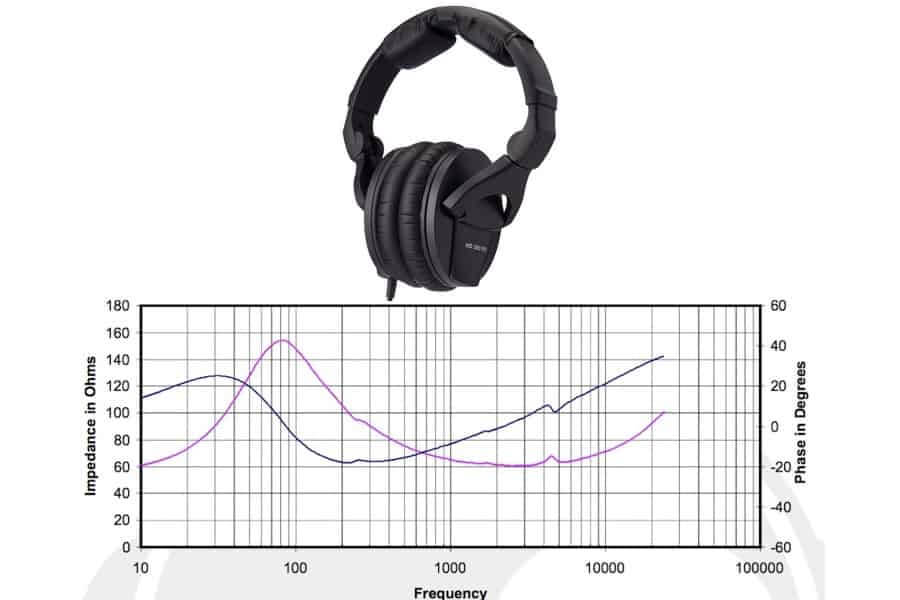
To get the best out of your headphones, you should coordinate the impedance of the headphones to the audio equipment you are using. This is measured in ohms. In reality if you don’t this generally implies that you will need to turn up the volume slightly compared to a matched pair of headphones.
9. Choose Whether u Want To Shop Online or Shop Around

The easiest way to trial extensive range of headphones? Going to ‘A STORE’. A decent seller knows his items, and might stock something more qualified to your necessities you’d not yet thought of. Keep in mind, the seller is there to help you, however you’re the one paying Bill – so you ought to be driving the deal. You should test with the music you’d ordinarily tune in to. You’ll know better how it should sound, and have the option to make a more informed judgment regarding what you’re hearing
If you don’t have easy access or enough time to visit a dealership, the internet can obviously be a perfect spot to shop. Especially around peak shopping days such as Amazon Prime Day, Black Friday and Cyber Monday. Reviews will direct you away from outright garbage, however paying little heed to how descriptive the article, reviews are just a guide. You’ll never know precisely how a product sounds (or feels) until you’re using it yourself.
10. Guarantee and Return Policies

When you buy from an authorized dealer, your new headphones will come with the full manufacturer’s warranty. What’s more, with an authorized dealer, you likewise get phone and email uphold from the seller notwithstanding support from the manufacturer. Never forget to enquire about return policies whether you are getting it through a store or online.
11. Enjoy Your Headphones
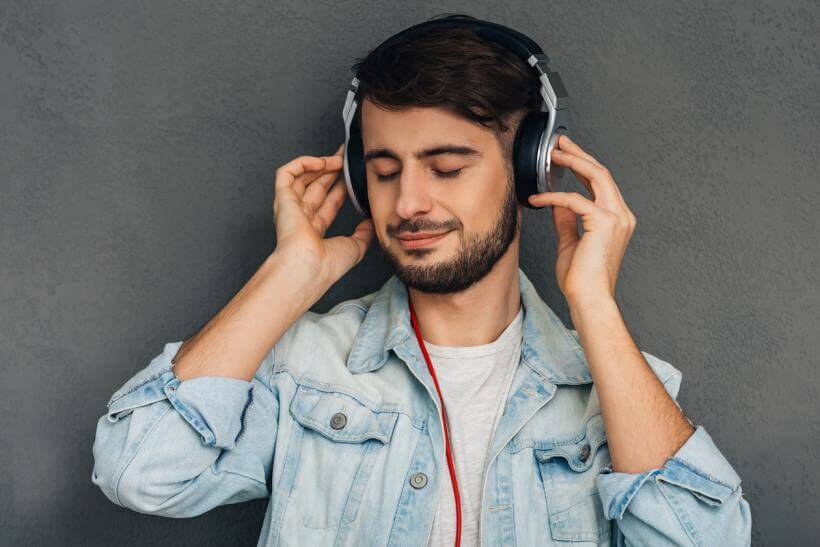
Unlike a lot of hi-fi equipment, there isn’t a great deal of work to be done when you finally get your headphones home. Lift your headphones straight from the box and plug in, and you run the risk of mighty disappointment. Leave them running in overnight and you’ll hear the sound that was the reason you bought them in the first place.

